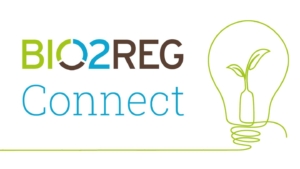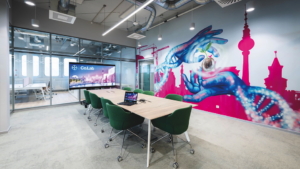AMD: Novartis challenges Regeneron
Following shrinking sales for its wet AMD drug Lucentis, Novartis is back with convincing Phase III results of its anti-VEGF-A singe chain antibody fragment brolucizumab. In two pivotal studies the drug proved to be non-inferior to Regeneron/Bayer's Eylea (aflibercept).
With 25 million patients affected worldwide, age-related macular degeneration (AMD) is a highly lucrative market. For years, Novartis’ first-in-class drug Lucentis (ranibizumab) was dominant in the large US market, but now Regeneron’s competing drug Eylea (aflibercept, 2026 sales: US$3.3bn, +24%) has overtaken Lucentis (2016: US$2bn, -11%) in US sales, mostly because it is not administered once monthly as Lucentis, but once every two months and has a lower price (US$1,850 per intravitreal injection).
However, results of two pivotal Phase III studies suggest Novartis could return to its former leadership with its next generation anti-VEGF-A-antibody fragment brolucizumab, which has to be administered only once quarterly. In both trials, the HAWK and the HARRIER study, brolucizumab met the primary endpoint of non-inferiority versus aflibercept in best corrected visual acuity after 48 weeks of treatment and the secondary endpoint of mean change in visual acuity. What’s more, the two drugs had comparable side-effect profiles. Novartis plans to submit a BLA next year. Analysts say the drug could reach the market in 2019 and achieve peak sales of US$2bn if also approved in diabetic retinopathy.
However, both aflibercept and Lucentis are challenged by off-label use of Avastin (bevacizumab) as the full-length originator of the single chain antibodies ranabizumab and brolucizumab and competitor to Regeneron’s VEGF-A/PDF fusion protein has been shown to be non-inferior at a 30-fold lower price.


 BIOCOM / aminul788 - Adobe Stock
BIOCOM / aminul788 - Adobe Stock Bayer Co.Lab
Bayer Co.Lab